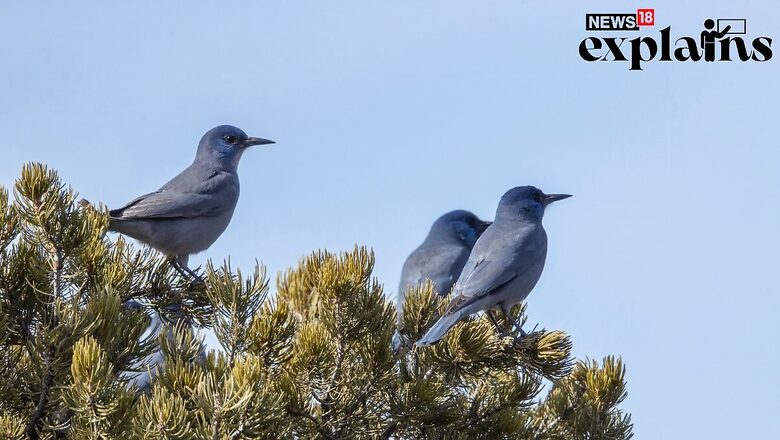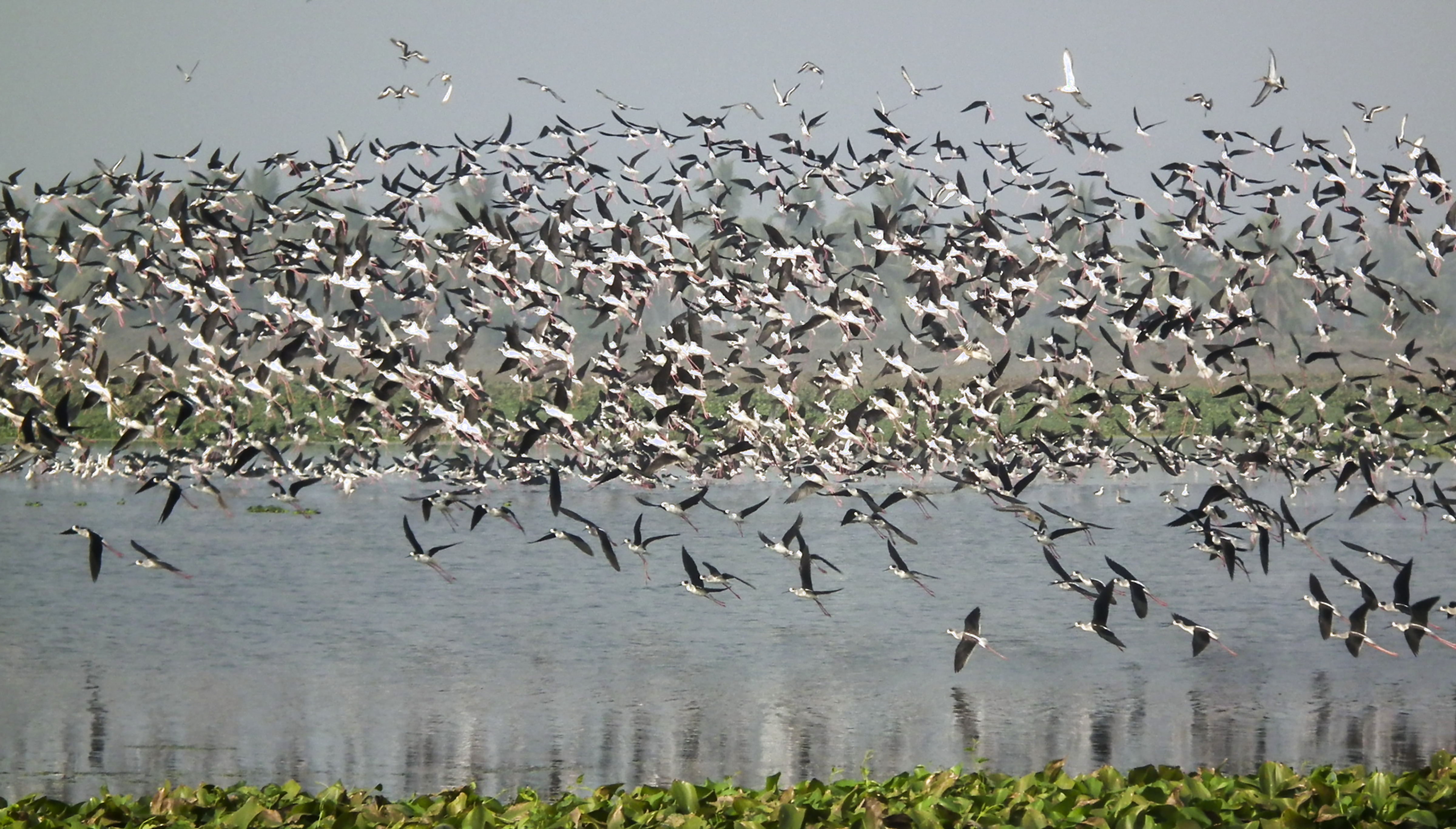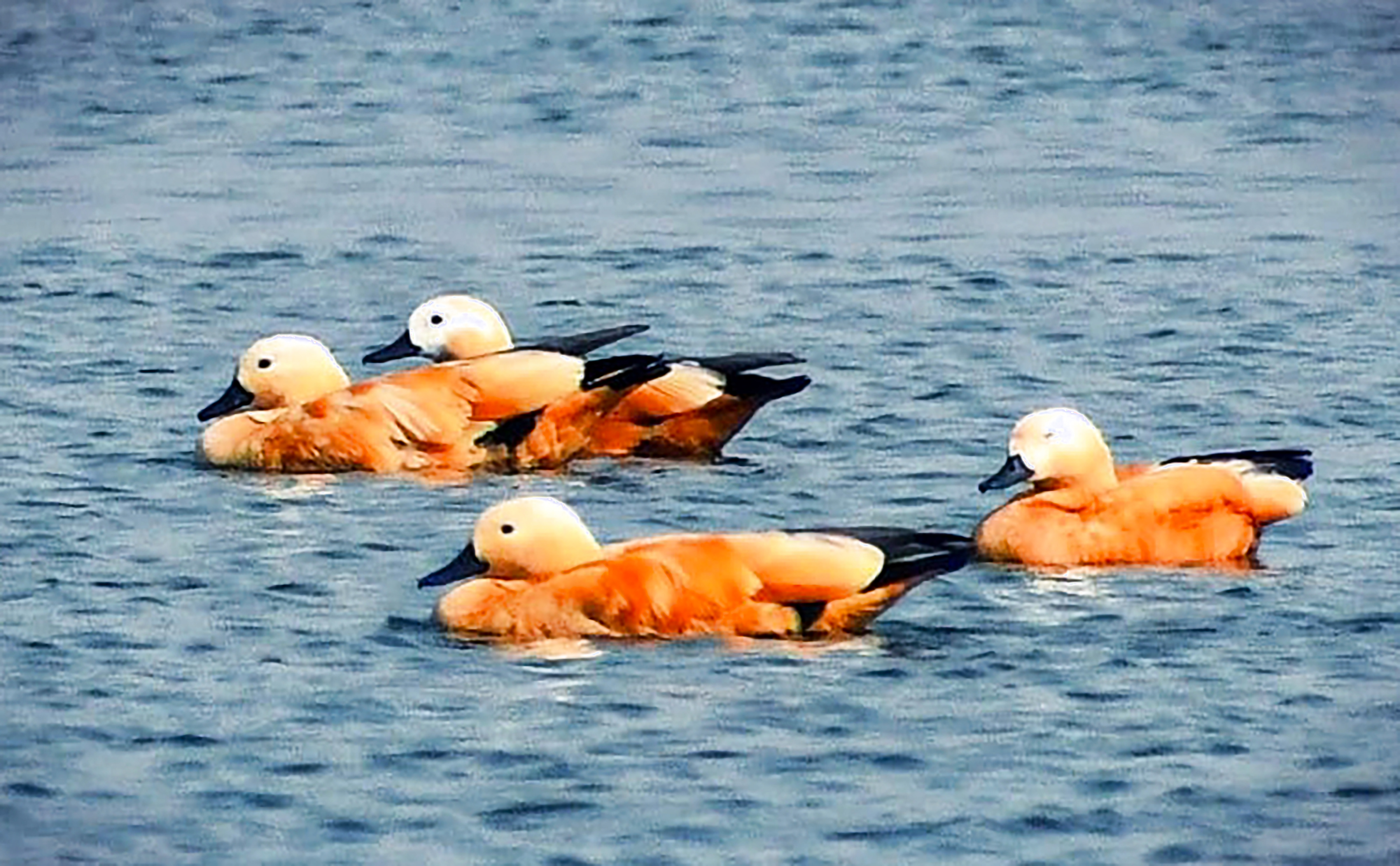
views
A new report has claimed that a large number of bird species in India are either currently declining or projected to decline in the long term. Out of the 942 bird species that were studied, 142 are declining, 189 are stable and only 28 are increasing, the report claimed.
The report, published by State of India’s Birds (SoIB) on the basis of data from 30,000 birdwatchers in the country, found that 60 percent of species show long-term declines and 40 percent of species are currently declining.
The raptors, migratory shorebirds and ducks have declined the most, while birds living in habitats like open ecosystems, rivers, and coasts are among the worst affected.
Here are some of the highlights from the report:
- 14 species, including Indian Roller, have been recommended for International Union for Conservation of Nature (IUCN) Red List reassessment. A total of 14 species, including the Indian Roller, Common Teal, and Great Grey Shrike, that are considered to be of ‘least concern’ globally, were found to be endangered, vulnerable or near-threatened in India.
- 217 species of birds have been stable or are increasing in the last eight years. The trend analysis shows that birds that feed on fruits and nectar are doing well, maybe because these resources are readily available even in heavy-modified rural and urban landscapes.
- 178 species have been classified as High Conservation Priority: Of these, 94 species, including the Great White Pelican, Greater Flamingo and Indian Vulture, made the list based on both abundance trends and range.
- Birds that live in key habitats like open ecosystems, rivers, and coasts have declined. Of particular note is the Great Grey Shrike, which has suffered a worrisome long-term decline of more than 80 per cent. The Rufous-tailed Lark and Common Kestrel are now categorised as species of High Priority.
Curious case of Vultures
Vultures were among the most numerous birds in the Indian skies. However, the populations of several species of vultures crashed to nearly zero in the late 1990s and early 2000s, making it the most rapid declines of any vertebrate ever recorded.
After years of careful research, it was revealed that the cause behind their deaths was veterinary anti-inflammatory drug diclofenac, which is fatal to vultures when they feed on carcasses of livestock that have been administered this drug. The veterinary usage of diclofenac was banned in India in in 2008, giving some hope for remnant vulture populations.

The report added that the vultures continue to decline with Indian Vulture species declining by over 8% every year, and Red-headed and White-rumped Vultures by over 5% and 4% respectively.
Key Factors Behind Birds’ Decline
The report has listed some factors responsible for the decline including land-use change, urbanisation, ecosystem degradation, infrastructural development, environmental pollutants, and climate change.
Environmental Pollutants
Heavy metals, pesticides and even veterinary drugs are on top of the list of known environmental pollutants endangering birds. Among pesticides, organochlorines are well known to have caused bird species declines.
The impact of environmental pollutants in the massive decline of vultures is clear. However, the long-term consequences of toxic chemicals for birds are still unclear. But the research on bird declines in Europe directly points to agricultural intensification, particularly pesticide and fertiliser use, as a cause of a long-term mass decline in bird populations, the report said.
Climate Change
The rise of global temperature by over one degree Celsius has adversely affected not only humans, but also animals and birds. The climate change has affected bird reproduction and survival. The rising temperatures have also led birds to go through adaptive changes, like losing body weight to lose more heat.

In a case study from Hawaii, the climate change has led to higher temperatures and led mosquitoes colonised higher altitudes. This has led to malaria among mountain birds.
Urbanisation
As urban housing and infrastructure in cities expand, natural habitats are lost and affects the variety and numbers of birds, especially of habitat specialists.
The urbanised regions in India have the least number of bird species, the least number of rare species and the fewest insectivorous species due to the unavailability of their food.
The deforestation has not only led to loss of their natural habitat but also exposed them to air pollution. Urban noise is known to alter bird behaviour by compelling birds to sing louder, or at different frequencies, or, in the worst case, to abandon otherwise suitable habitat, the report said.
The light pollution also tends to confuse and disorient them as they collide with buildings. The urbanisation also leads to homogenisation of bird communities as only behaviourally dominant species like House Crows and feral Rock Pigeons are able to survive.
Energy infrastructure
Though the switch to renewable energies have proved beneficial for the environment, it has led to a detrimental effect on the birds. The increase of wind turbines in the country has led to deaths among some bird species which have been killed due to collisions with turbines.
The transmission lines have also led to deaths among as the birds are killed through two different
mechanisms. For large-bodied species, collisions can be fatal, while for smaller species like passerines, the threat is from electrocution at distribution lines and pylons.

















Comments
0 comment